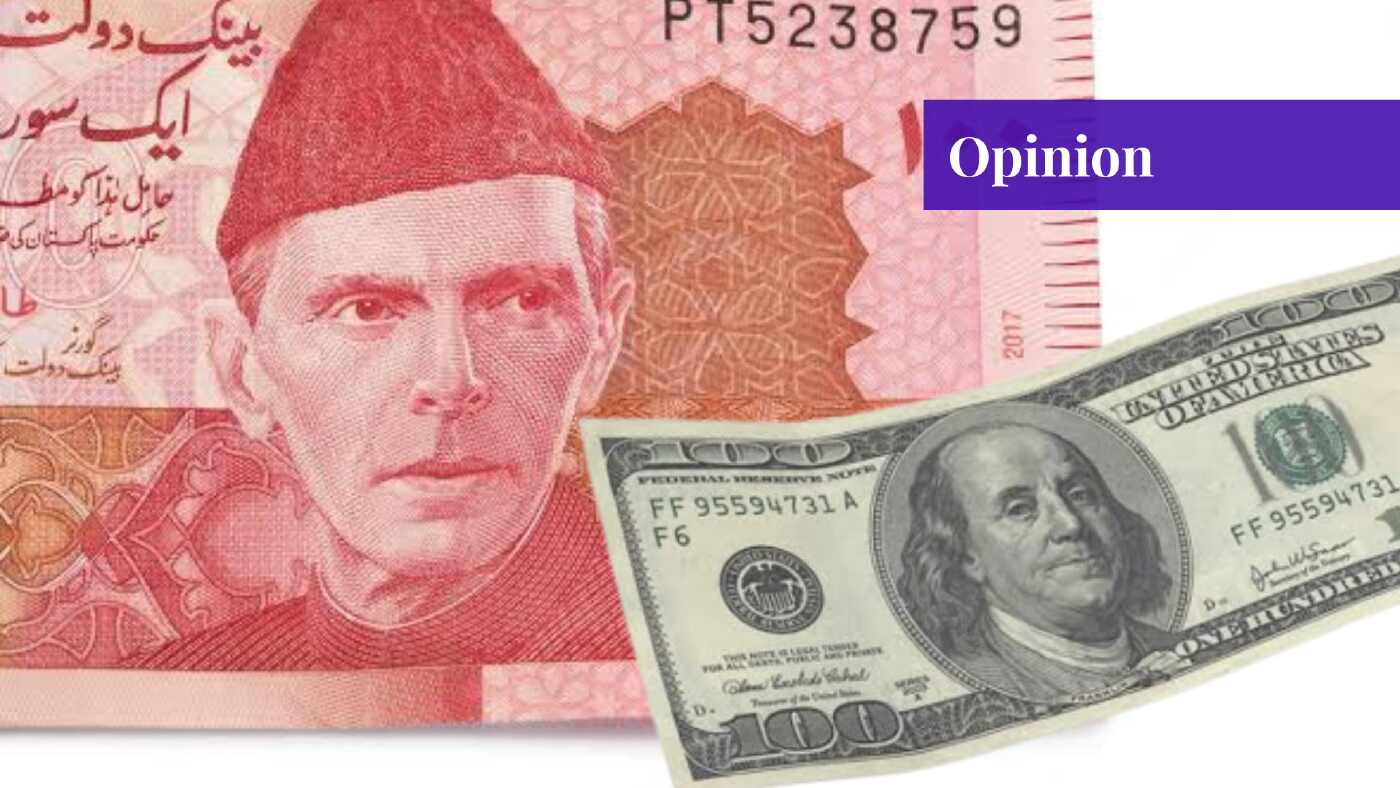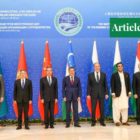PKR’s Position
The Pakistani rupee appears to be getting stronger against the dollar, for now, signaling greater expectations for economic recovery and stability in the future. July 2022 was said to have been the worst month for the Pakistani rupee ever since 1989 – the concerns grew from being unable to obtain a loan from the International Monetary Fund (IMF) to a dollar shortage.
The situation is a little different now – the Finance Minister, Miftah Ismail, on the 27th of July, 2022, had expressed his hope of the country not defaulting, and it seems that his words were true. Ever since the IMF deal, the predictions have been that the rupee will remain between RS 190 and 200. There has also been an increase in optimism by exporters, and consumer sentiment is also regaining warmth.
However, the real question is if Pakistan will be able to sustain the rupee at these rates. The possibility of this is slim, but if timely counter-measures are taken, the Pakistani rupee can attain stability for itself against external shocks.
Looking for Local Alternatives
Fuel, raw materials, and technological equipment comprise the majority of imports – it is unwise to suggest that they should be curtailed because, in reality, it is impossible to do so, as the country’s demand for these goods is high. In such a scenario, perhaps the feasible thing is for the government to support local industries and startups by giving them incentives such as subsidies, grants, and a reduction in export costs.
Although the rupee is on an upward trend, the economy’s strength and GDP could further be boosted if local companies and sectors were to be given a chance. As far as fuel is concerned, the likelihood is that Pakistan should look forward to strengthening its ties with other countries and importing oil from them at cost-friendly prices.
Diversifying Alliances
The possibility of an IMF bailout will always be looming over the country, so now is the time to diversify alliances and seek outlets other than the IMF. General Qamar Javed Bajwa, the Chief of Army Staff, visited the United Arab Emirates (UAE) upon receiving a call from the His Highness Sheikh Mohamed bin Zayed al-Nahyan, to ensure financial assistance.
In the long run, alliances can be fruitful when the country is undergoing economic turmoil and when the IMF is of no support. Currently, the country owes $6.4 billion in foreign debt; the figure became this large in April 2022. When Shehbaz Sharif came into power, the rupee shed its value by 30%. The aftermath was a dwindling economy, higher fuel prices, skyrocketing inflation, and losing investor confidence.
Currency Swap Agreements
Currency swap agreements can be useful during bilateral trade – this is because they will help ensure the stability of the Pakistani rupee and prevent further devaluation. Additionally, the chances are that investor morale will also remain high during such a time, and ultimately, the country will be able to achieve real economic growth.
Companies such as AirLift and Swvl ended up closing operations because the revenue obtained was no match for the staggering decrease in the value of the rupee. Such a step can make it easier for startup companies and local and foreign investors to inject their money into the economy.
Uprooting Political Dissent
The most common problem is the animosity amongst the leaders and political parties present in the country. As long as there is no harmony and parties do not lend agreement to one another, it is safe to say that the country cannot move forward. There needs to be a mutual consensus, and above all, it has to be ensured that parties who have been elected are allowed to serve their tenure.
Conclusion
For the economy of Pakistan to progress in the long run, action must be taken now – trade agreements, finding alternatives, and alliances can be of great support during such uncertain times. A vicious cycle is present, where the nation’s leaders constantly keep reverting to the IMF or fall in disagreement with their own party members and other parties.
With adequate measures, foresight, and planning, the country can finally become self-sufficient without having to worry about the rupee depreciating, inflation becoming rampant, and investors opting to exit.
If you want to submit your articles and/or research papers, please check the Submissions page.
The views and opinions expressed in this article/paper are the author’s own and do not necessarily reflect the editorial position of Paradigm Shift.



















